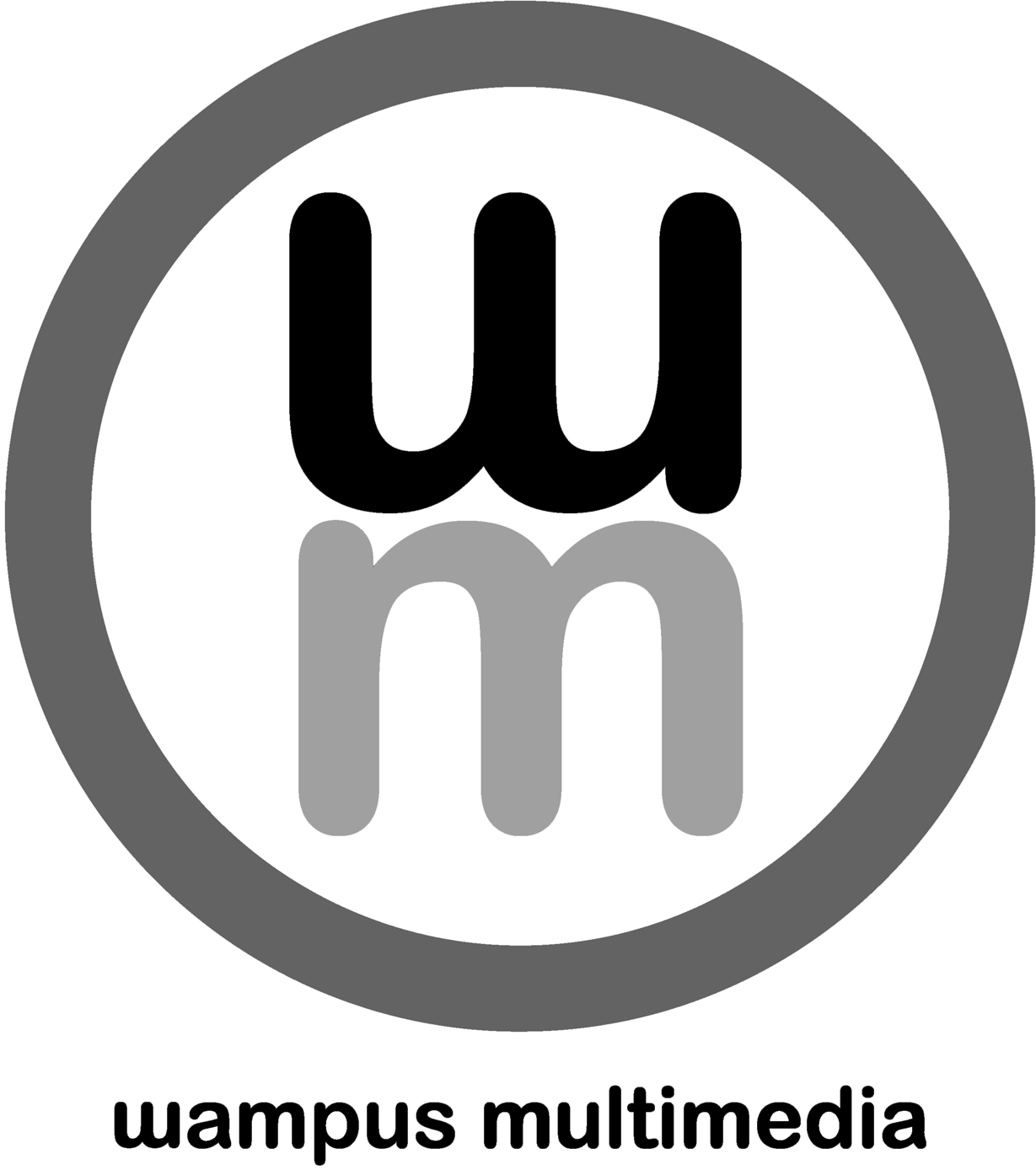Hear-Like-Buy: Why Spotify Is Marketing, Not Commerce
 You can’t read an article in the music press without tripping over somebody complaining about Spotify royalties. You’ve heard the chorus: Spotify is destroying what’s left of the CD market. It is cannibalizing iTunes. It is ripping off indie artists. And so on.
You can’t read an article in the music press without tripping over somebody complaining about Spotify royalties. You’ve heard the chorus: Spotify is destroying what’s left of the CD market. It is cannibalizing iTunes. It is ripping off indie artists. And so on.
So, you think. Spotify must be pretty bad.
But is it? If you have released original music of your own — as a download, or on CD, vinyl, or cassette — take this little poll:
Do you think of your music as a product or as a service? Examples of a product would be a CD or a download, or any physical package that contains your music. Examples of a service would be a radio play or a performance, or any act that conveys your music. Which matters more to you — the package your music comes in or the performance of it? Are you delivering your actual music to the world — the essence of who you are as an artist — or just knock-offs of it?
 Unlike Amazon and iTunes, Spotify is not selling a product. It is selling a service — i.e., elegantly designed access to a massive and diverse library of music. It is not a retailer selling “units,” but a facilitator of the spread of creative works. It more closely resembles the original Napster than it does Amazon or iTunes. But unlike Napster, it recognizes the validity of copyright and conducts its business accordingly. It tracks and pays artists for every exposure of their work, no matter how small.
Unlike Amazon and iTunes, Spotify is not selling a product. It is selling a service — i.e., elegantly designed access to a massive and diverse library of music. It is not a retailer selling “units,” but a facilitator of the spread of creative works. It more closely resembles the original Napster than it does Amazon or iTunes. But unlike Napster, it recognizes the validity of copyright and conducts its business accordingly. It tracks and pays artists for every exposure of their work, no matter how small.
Spotify is providing access to this platform not just to the major labels (who used to control the distribution of music to Tower Records and every other retail chain), but to legions of aspiring, unknown songwriters tracking demos in their garages and bedrooms. More importantly, it is allowing those unknowns — most of whom are not yet commercially viable — to maintain a searchable presence on its garishly financed, cutting-edge platform, and to benefit from that presence.
Spotify doesn’t charge artists for that exposure. No, it pays a modest royalty, which is more than Megaupload or Napster or mixtape makers ever did.
Spotify and the Power of “Hear-Like-Buy”
Make no mistake: You can stock the shelves of Best Buy or Walmart to the ceilings with your music, but if people can’t listen to it, they will not buy it. They won’t know it from a gaping hole in the ground. If they can actually hear it, though, it’s a quick hop to liking it. And if they like it enough, they can — and will — buy it.
Just like they’ll buy anything they value.
All you need to do is make your music readily available — through social-media marketing, through live performances, through music-sharing sites like Spotify, and via whatever recorded-media retail you choose. You are not selling widgets, you are not “moving product.” You are providing a service. You are conveying your brand, your identity as an artist, to an audience.
If people like what you’re offering, the rest will take care of itself.
This thinking goes back a long way (to at least the Sermon on the Mount): Don’t hide your light under a bushel. Shine it so everyone can see.

As a user of Spotify, I think this is exactly correct. I find and consume more music, from more obscure artists, at a higher rate than I ever have before. I have discovered and come to love and purchased CD’s of, gone to concerts, and purchased merch all because of Spotify. I can’t imagine how I would have discovered or listened to so much music any other way. It’s an absolutely fantastic medium for marketing and distributing music, and artists will benefit immensely, I have no doubt.
I am most interested in some facility that will allow my music to shine and bring me some revenue. Among the many challenges I have had in bringing my music to be published… in having it on iTunes I feel successful already. However, in order to go further I want to have this music and other compositions I created in good hands. I am now reading about your company and would like to read more. The moment I feel confident I will log in or do what ever has to be done. Thanks for being there.